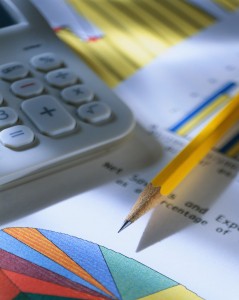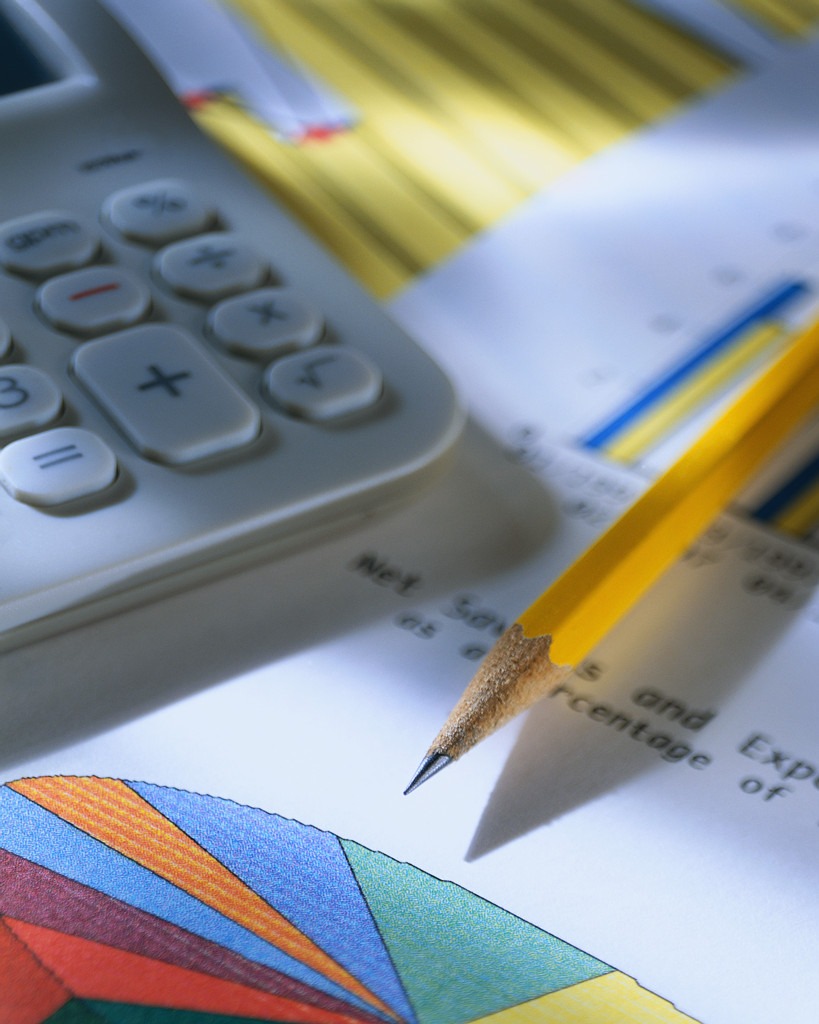 Are you keeping your personal and business expenditures separate? This is a daily task that can get muddy for small businesses quickly, and can make tax time a real headache.
Are you keeping your personal and business expenditures separate? This is a daily task that can get muddy for small businesses quickly, and can make tax time a real headache.
Here’s a checklist to keep this task simple and clear. Follow these simple steps and you won’t get things confused when it’s time for filing your taxes.
- Maintain separate checking accounts. Having all business payments and expenses on one bank statement will give you a clear idea of your business finances, and when it comes time to do your taxes you can use your bank statement to clearly explain your business accounting.
- Use a business credit card. A business credit card will help your business build credit history as your business grows. Keep all your business expenses on one statement and avoid using your personal credit card for business.
- Maintain two separate places for personal and business receipts. If you have a very small business it may be as simple as two shoe boxes. Use one box for business expenditures and another for personal. As your business grows you should use some type of accounting software.
- Keep a log of your business expenses. For example, if you use your personal car for business regularly write your mileage down, or even better, keep track of it on your computer/smart phone.
- Your home office is for business, period. If you have a home office for your business and want to claim it on your taxes, you need to keep it for business use only and not anything else like a guest room.
- Understand what a business expense is and what it is not. You cannot add personal activities into a business meeting and call it a business expense. It must be for business completely or it’s not a business expense.
Following this simple checklist will help you during tax time because your personal and business finances are separate. Now you can focus on growing your business!


